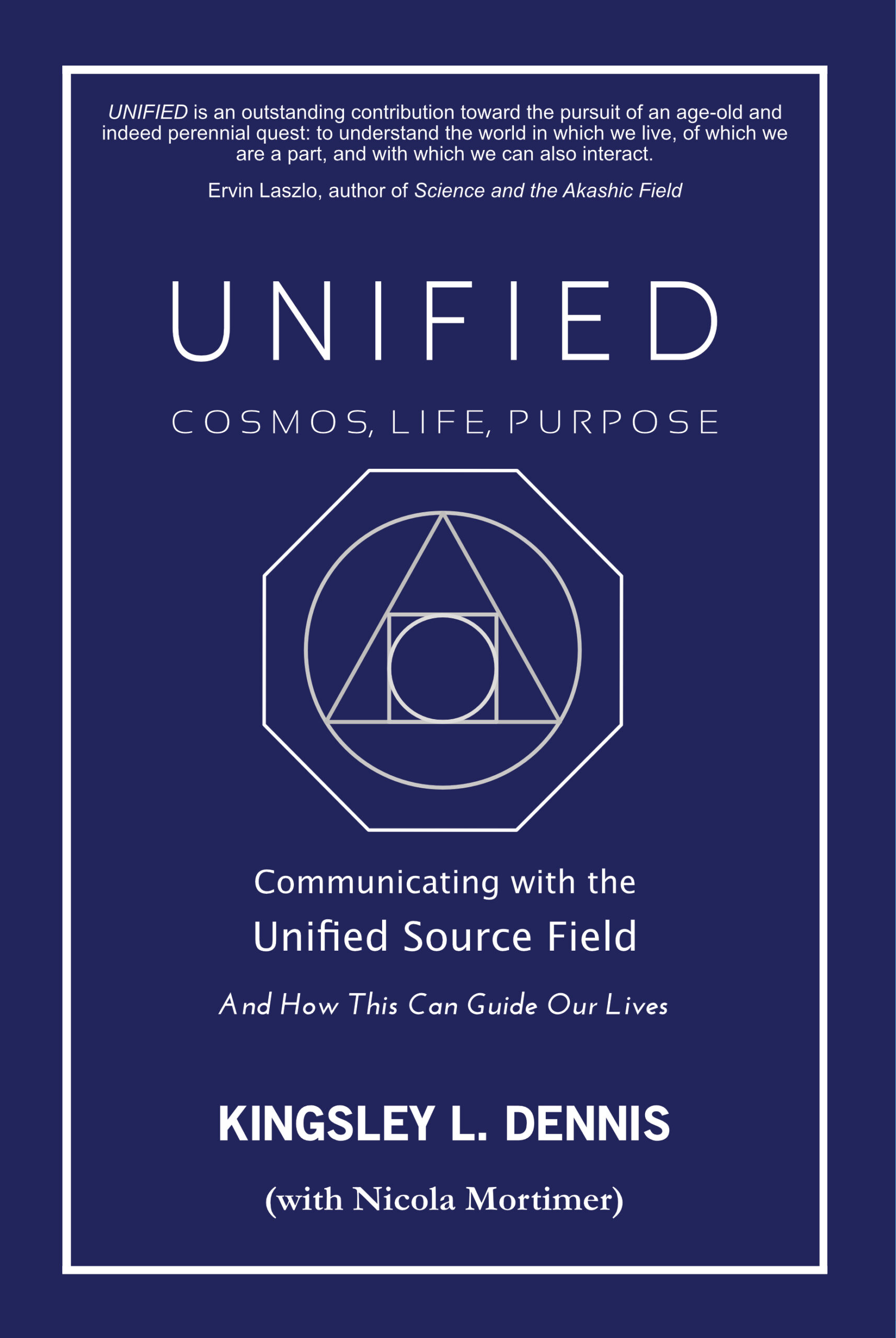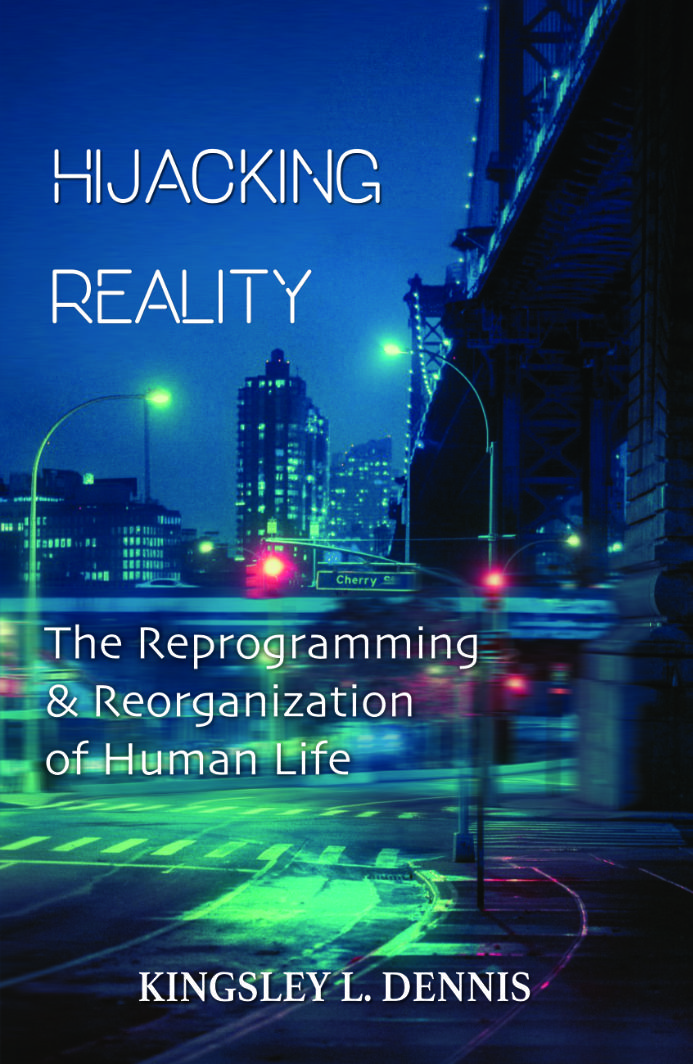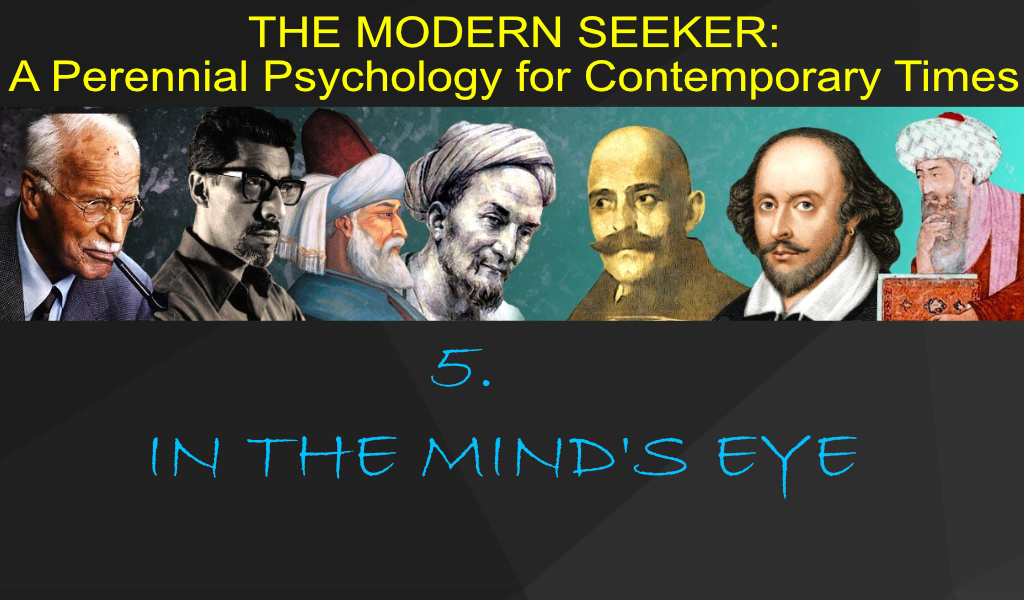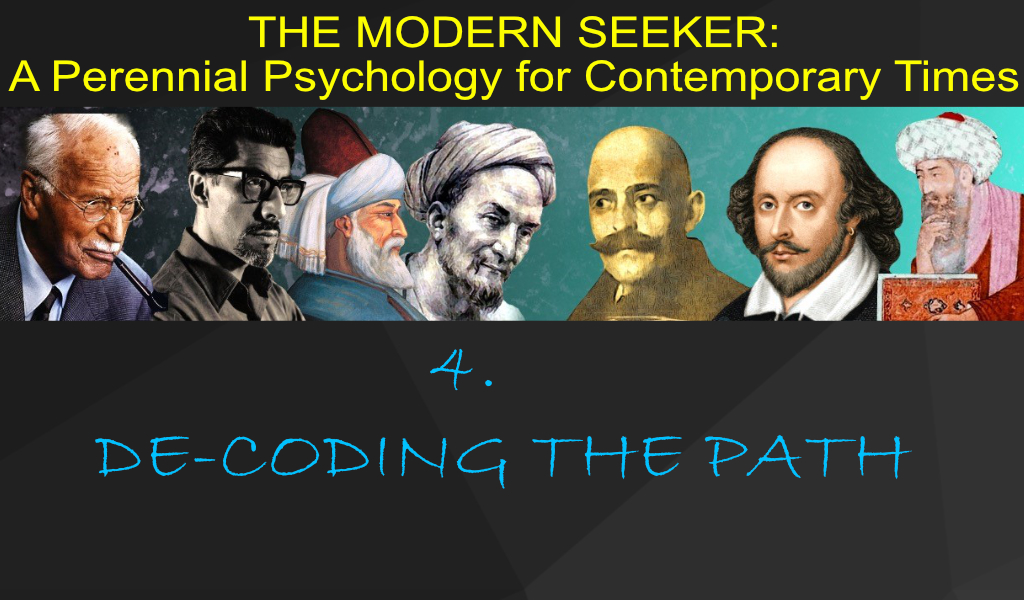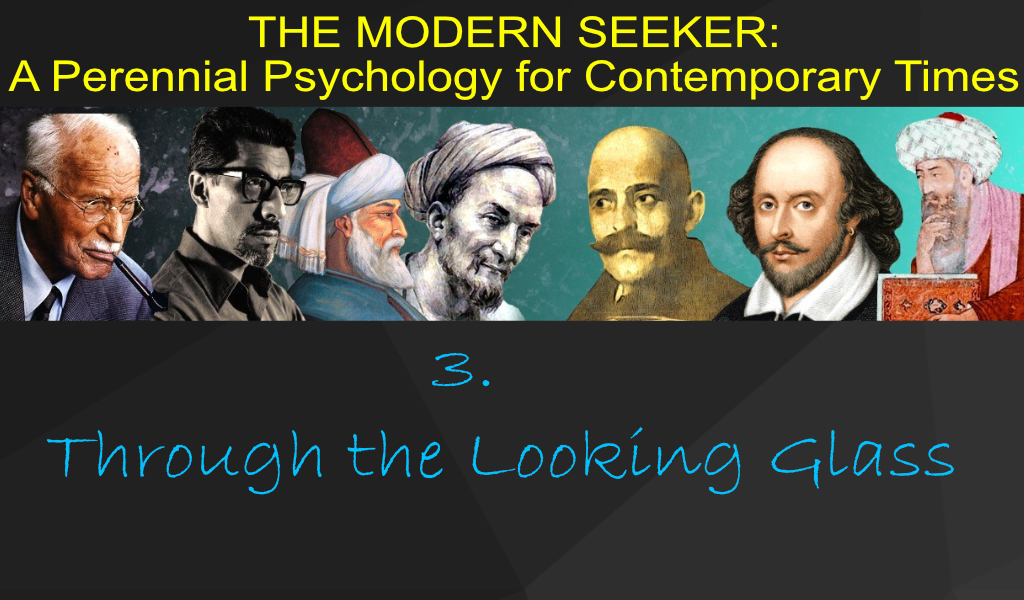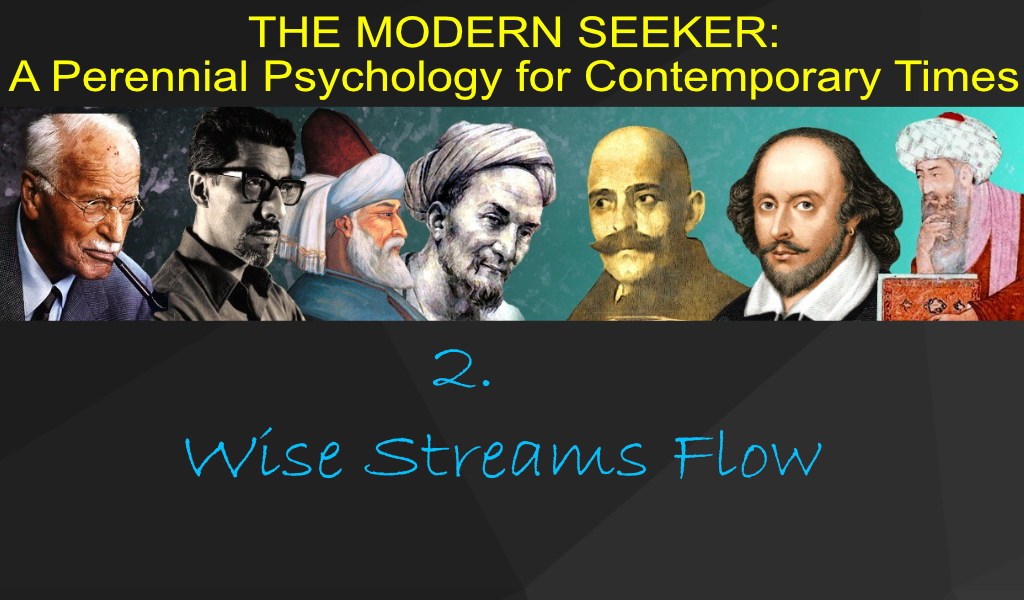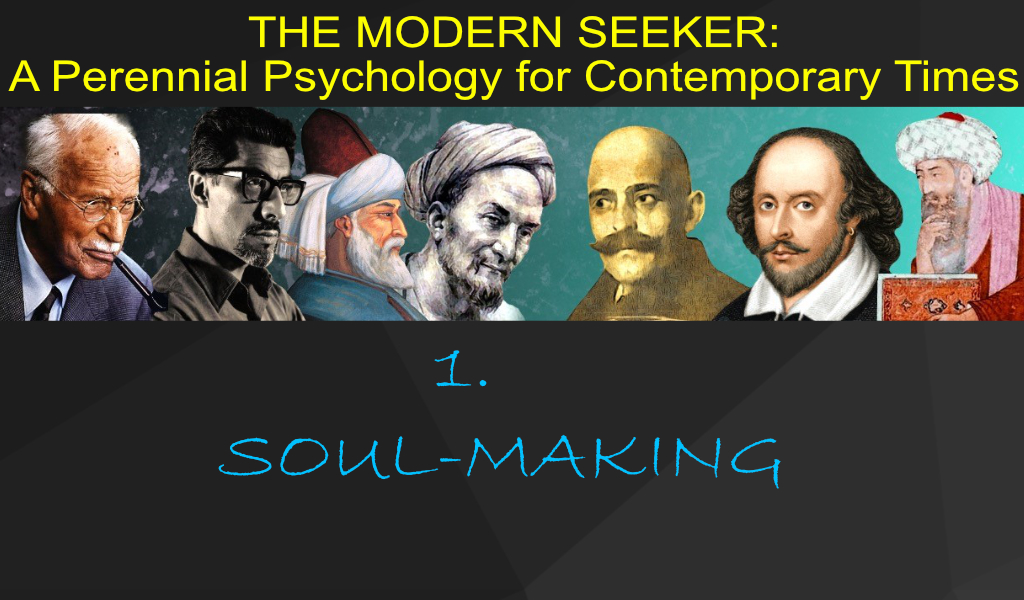To ‘break the spell’ of our many layers of social conditioning is not as difficult as it sounds. The first step is one of awareness; that is, to acknowledge within ourselves that our personas are part social-construct put together from a whole range of external impacts that we receive as part of growing up. In last months ‘Reflections’ I discussed how we could begin to manage our everyday energies as part of this self-awareness. Revitalizing our energetic and creative capacities is thus, in one aspect, about being vigilant with oneself, as the rest of this blog discusses.
Being Vigilant
By exercising self-vigilance a person can learn to become more aware of the multiple interactions that engage us with the exterior environment, its forces and influences. One method in developing vigilance is through awareness of one’s own ‘steps’ that are taken within daily life. What this calls for is observation and attention to those times when either action or inaction is required. And in such situations, to always act towards the positive. There are also situations when positive inaction is important. When a person can observe and feel when correct action or inaction is required, then this triggers the right use of energy. In our daily lives it is critical that each person uses their store of energy correctly. This involves correct thinking and/or right action at the right time. It is not about being critical of oneself or observing with the intention of finding fault. Self-vigilance is more about producing a state of watchful harmony. By being more open to positive impacts and situations a person can be more alert to develop and capitalize upon such beneficial moments and conditions. Such moments can also be developed further, and the energies extended. Yet we should also be careful not to contrive or manufacture artificial conditions that are not in genuine harmony with our state or inner priorities.
Being vigilant also requires that each of us feel natural and at ease with ourselves. In other words, we should become used to observing ourselves and come to feel quietly confident with the relationship. Within this vigilant state a person can also observe their own thought processes, and to exert greater control and discipline over them – not letting them run around like wild tigers causing internal havoc and distress. This disciplined attentiveness to one’s own actions, thoughts, and general participation in everyday life does not concern critical judgment or chastising oneself. We can each be gently critical, for sure, yet it is all too easy to become hostile towards oneself: and then the blame-game begins. It is necessary to make sure that we are comfortable observing ourselves – sometimes passively, other times in a critically constructive manner.
The intention behind self-vigilance is to stimulate a degree of awareness so that a person may be in a better position to observe their forms of conditioning (physical, mental, and emotional). A person can then develop upon this knowledge to gain a better understanding of themselves. Developing awareness involves a level of discipline that in turn helps to focus an individual’s personal energies. These energies affect the quality of life of a person; their environment; and the people around them. Therefore, what each person ‘puts out’, so to speak, is their own responsibility. Within such a conscious universe each of us should learn how to behave! This does not imply being ‘more-than-human’; rather, what is required of us is that we become more fully human.
Being vigilant also involves being on the alert for when negativity is acting within and against a person. Negativity by itself has no capacity for control; it seeks only to exploit vulnerable situations and circumstances. For example, if a person’s state is not fully balanced the negative will try to ‘sneak in’ to give a further push away from the positive. In this case each individual needs to exercise discipline and be on the lookout for negative intrusions. When negativity is sensed to be present a person needs to act quickly as it often takes longer for the positive to ‘wake up’ and counteract the situation. In normal circumstances, however, the average person has only a tiny portion of negativity within them. Yet the positive is less alert than the negative and a person can be momentarily taken over by negative impulses if they are not careful. The positive needs more time to kick-in and get the situation under control. This is why being vigilant is so important when guarding the self against unwanted impacts, intrusions, and loss of personal energy. If an individual’s social environment is more exposed to negative impacts (from work or people) the more imperative it is to be on-guard during these situations. The negative is nothing to be feared; otherwise there is the tendency to give it more importance than it deserves. Try to remember that every negative experience contains its own learning factor. In general, negativity seeks confusion; to react against the opposing energy which is balance and harmony. Negative energy thus acts to disturb harmonious and developmental thinking. Yet it cannot control you or take you over – unless you yourself give power to the negative energy. It is also a matter of how a person perceives the situation at hand. All of us, at some point, have been faced with a problem; however, for most of the time we are faced with daily situations. Every problem is also a situation, yet not every situation is a problem. First we must ask ourselves what we are facing: is it a problem or a situation? Once a person knows this they are better equipped to deal with the matter, and with an appropriate investment of energies.
Being vigilant is one technique for dealing with the everyday social matrix of distracting influences and impacts. The other technique is what can be referred to as stepping away.
Stepping Away
The technique of stepping away involves a person being able to detach from situations that they may find distracting, noisy, or confusing. What this suggests is that a person should be able to move inward for a short time when they feel it necessary to have some space away from tensions, or events that are antagonistic or disruptive to one’s state. It is also about stepping away from using all of one’s physical faculties in order to conserve energy. For example, if you are sitting quietly you don’t need all your senses on full awareness. A person should learn when to not only step back from physical engagements, but also from emotional attachments and other involvements of the senses. This can be achieved at various moments throughout the day: five minutes here or there. It can be done on the metro, traveling to work, or on a bus. You don’t need to detach to the point that you are not aware of external circumstances – especially if you are on the street! It is about shifting your priorities of internal and external involvement.
Each of us can successfully insulate ourselves from unnecessary external noises and impacts by a reasonable and calm, organized withdrawal. There is no need to put cotton wool in the ears! This technique can be used whenever it is felt to be appropriate – there is no hard and fast rule. As in everything, it depends upon each individual’s circumstances and their state of being. It also allows for each person to create moments throughout the day for quiet reflection; moments to halt the flow of chatter. These can be small moments to be enjoyed, and that refreshes one mentally and physically. In a sense, it is like taking a break; only that the break is often in the middle of everyday life. For example, you are traveling on the metro and the carriage is full of passengers all squeezed together with an armada of free newspapers. There is the screech of brakes, the hum of the train, the almost inaudible buzz of music seeping through earphones. The situation is both disturbing and stressful. Why should you always begin your day like this? So: step back within yourself. Pull your focus inward, turn down some of your senses, recollect some fond memories, or recite some words to yourself. Don’t allow the external impacts to affect you, or to enter into your inner space.
There is no need to leave the world behind: you still need to be relatively alert in case there is a madman loose in the carriage. You only need to step away from the bustle of external impacts and impressions. In effect you are suspending a part of your social involvement. You are conserving your ‘self’ and your energies. Involved in this is also a measured degree of restraint. Exercising restraint means imposing self-discipline in that you are avoiding conditioned reactions and sudden impulses. As in being vigilant a person can, after observation, decide to refrain from exercising conditioned responses. Such impulses, judgments, preconceived attitudes are put to one side. This is a halting, or stepping away, from indulging in particular social terms of reference. A person is thus learning to restrain themselves at specific moments.
So stepping away infers exercising patience and restraint under the right conditions until a situation is better understood. The alternative may be an impulsive response based on layers of conditioning. So if you are not sure about how to act within a particular situation, pull back a little and show some personal restraint. By doing this you are in fact looking after yourself. You are learning how to detach from unnecessary conditioning, whether mental or emotional. This also helps a person to refrain from acts of pettiness and unwarranted attachment. Forms of pettiness and attachment are traits that quickly drain personal energies, and in the end become something that a person is unable to let go of.
To summarize, in a modern global world that increasingly seeks to distract our attention and awareness these are small yet useful and significant techniques. After all, as we walk our individual paths we each need to learn about our innate powers that we possess to change the perspective of our lives. We are, after all, surrounded by a constant stream of impacts, influences, and events. We should never forget that we have at our disposal a great reservoir of human energy. We each must take personal responsibility to take care of our inner states of harmony and balance, in order to create such balance in our everyday lives.



